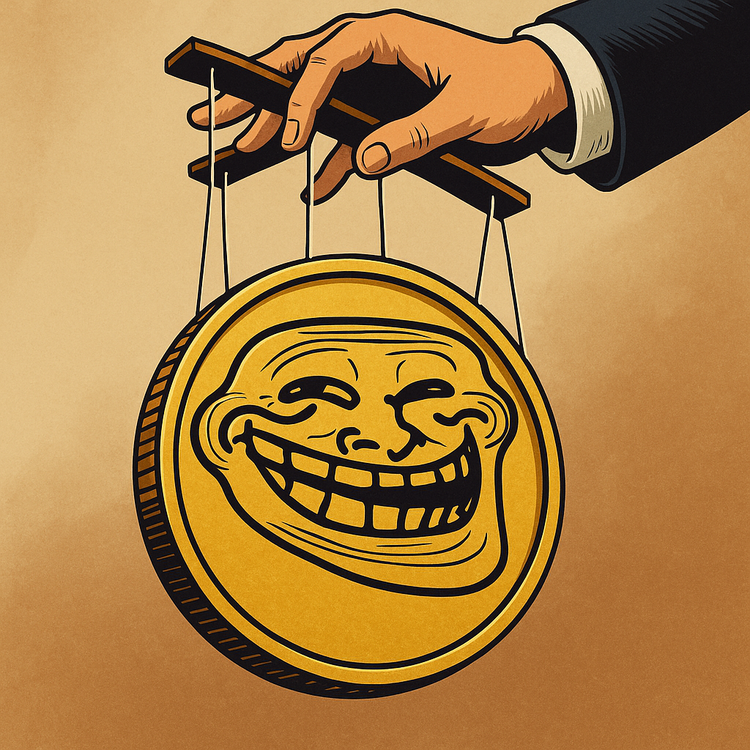Nudge

The Dangers of Hidden Digital Nudges
The concept of "nudging" has become increasingly popular, especially in the context of helping individuals make better decisions aligned with their interests or societal goals. Nudges are subtle psychological tactics used to steer people toward certain choices without overt coercion. While nudges can be beneficial in certain contexts, such as automatically enrolling individuals in retirement savings plans or placing healthier snacks at eye level, they also have a darker side when used by companies to manipulate consumer behavior for profit. Here, we explore the dangers of hidden digital nudges and provide examples of how they can negatively impact individuals.
1. Free Trials with Hidden Charges
Many companies offer free trials to attract customers but require credit card information upfront. Once the trial period ends, customers are automatically charged unless they remember to cancel. This tactic exploits forgetfulness and inertia, leading to unexpected expenses.
2. Hard-to-Find Opt-Out Options
Companies often make it difficult for users to opt out of marketing emails or subscriptions. They may hide the unsubscribe link in fine print or require users to navigate through multiple pages to find the option. This tactic ensures a continued stream of advertising and data collection.
3. Default Settings
Default settings in software or online services often favor the company over the user. For example, a social media platform might have default privacy settings that allow extensive data sharing. Users who do not actively change these settings may unknowingly expose themselves to privacy risks.
4. Dark Patterns in User Interfaces
Dark patterns are design choices that trick users into taking actions they might not otherwise take. Examples include pre-checked boxes for additional purchases during online checkout or confusing language that makes it hard to decline offers.
5. Automatic Renewals
Subscription services often default to automatic renewal, making it challenging for users to cancel. This ensures a steady revenue stream for the company but can lead to unwanted charges for the consumer.
6. Limited Time Offers
Advertisements frequently use phrases like "limited time offer" or "only X left in stock" to create a sense of urgency. This nudge exploits the fear of missing out (FOMO), prompting impulsive decisions that may not be in the consumer's best interest.
7. Social Proof
Websites often display messages like "X people are looking at this product right now" or "Y people bought this in the last hour" to create a sense of popularity and urgency. This can pressure users into making hasty decisions based on perceived social norms.
8. Personalized Recommendations
Algorithms that provide personalized recommendations based on user behavior can nudge individuals toward spending more time or money on a platform. While these recommendations may seem helpful, they often prioritize profit over user well-being.
9. In-App Purchases and Microtransactions
Mobile apps and games frequently use in-app purchases and microtransactions to generate revenue. By offering small, incremental purchases, they nudge users into spending more over time, often without realizing the cumulative cost.
10. Data Privacy Nudges
Companies might nudge users into sharing more personal data than they are comfortable with. For instance, they might offer minor benefits or conveniences in exchange for extensive data collection, which can be used for targeted advertising or sold to third parties.
The Hidden Costs of Nudges
While nudges can sometimes help people make better decisions, they often fail to produce long-term behavioral changes. Research has shown that people who are nudged into making certain choices may not follow through over the long term. For example, studies on healthy eating nudges found that while people might initially take more healthy snacks when they are placed at eye level, they do not necessarily consume them and may even discard them later.
Moreover, nudges that make decisions feel automatic can lead to disengagement. When individuals feel that a choice has been made for them, they may not develop a sense of ownership or commitment, reducing their likelihood of sticking with the decision. For instance, people nudged into saving for retirement might enroll in a savings plan but not actively manage or contribute to it over time.
A Better Approach
To make nudges more effective, it is essential to complement them with strategies that promote sustained engagement and behavior change. Gamification, for instance, can be a powerful tool. By turning tasks into games and incorporating competitive elements like leaderboards, individuals can be motivated to stick with their decisions and see how they stack up against others.
Ultimately, while nudges can be a helpful first step, they should not be relied upon as the sole strategy for encouraging better choices. It is crucial to foster an environment that supports long-term engagement and personal ownership of decisions, ensuring that individuals can make informed and deliberate choices.
Conclusion
Hidden digital nudges used by companies can have significant negative impacts on consumers, leading to unwanted charges, privacy invasions, and impulsive decisions. While nudges can be beneficial in some contexts, it is vital to recognize their limitations and the potential for misuse. By promoting transparency and empowering individuals to make informed choices, we can mitigate the dangers of hidden digital nudges and create a more ethical and user-centric digital environment.






Member discussion